Consolidated Liberator B-24 / F-7
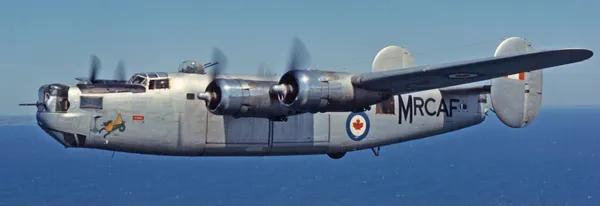
Consolidated Liberator G.R. Mk. VIII, RCAF (Serial No. 11130) ex-USAAF Consolidated (Vultee) B-24L Liberator USAAF (44-50154)
ex-RAF (Serial No. 5009), ex-Indian Air Force (Serial No. HE773).
Currently preserved in the Canada Aviation and Space Museum Ottawa Ontario.
The Consolidated B-24 Liberator was an American heavy bomber flown by the RCAF during the Second Word War. It was designed with a shoulder-mounted, high aspect ratio Davis wing which gave the Liberator a high cruise speed, long range and the ability to carry a heavy bomb load. Early RAF Liberators were the first aircraft to cross the Atlantic Ocean as a matter of routine. In comparison with its contemporaries the B-24 was relatively difficult to fly and had poor low speed performance; it also had a lower ceiling compared with the Boeing B-17 Flying Fortress. Of the roughly 18,500 B-24s built in the USA during the war, 148 were flown by the RCAF on long range anti-submarine patrols, with the B-24 serving an instrumental role in closing the Mid-Atlantic gap in the Battle of the Atlantic. The RCAF also flew a few B-24s post war as transports.
Roughly half of all (RAF) Liberator crews in the China-Burma-India (CBI) Theatre were Canadian by the end of the war. John Muir of Vancouver flew the longest mission of the war: 24hrs, 10mins from Ceylon to Burma and back. (Kyle Hood) Harold Skaarup web page
last update: 2021-09-18 19:06:22
Liberator B. Mk. VI KH173
Supplied by RAF for use at No. 5 Operational Training Unit, Boundary Bay, BC. Coded "AZ". Failed to return from training flight on 9 January 1945. Later found to have crashed at sea off Bell Island (about 10 miles north of Port Hardy, on Vancouver Island). All 11 crew missing, presumed killed.1944-09-06 Taken on Strength 2022-02-07
1945-January-09 Accident: 5 Operational Training Unit Loc: Port Hardy British Columbia Names: Burr | Bustable | Cecksey | Cuthbertsen | Mergans | Mitchell | Simpson | Snelling | Spence | Stead | Trickey
1945-02-14 Struck off Strength 2022-02-07


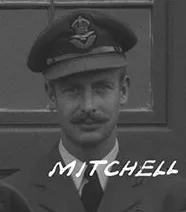

 Commonwealth War Graves Commission
Commonwealth War Graves Commission Finadagrave.com
Finadagrave.com Ottawa War Memorial
Ottawa War Memorial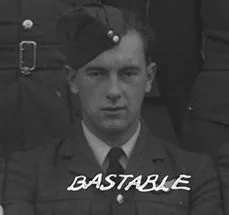
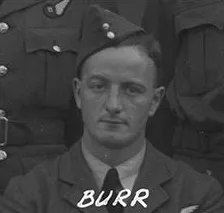
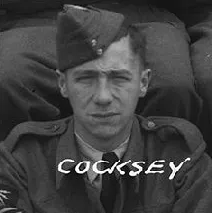
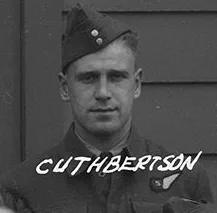
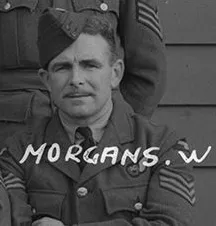
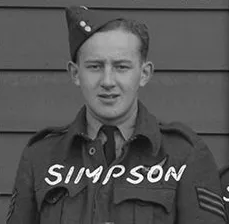
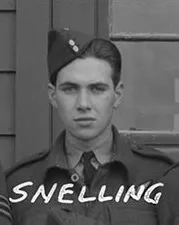
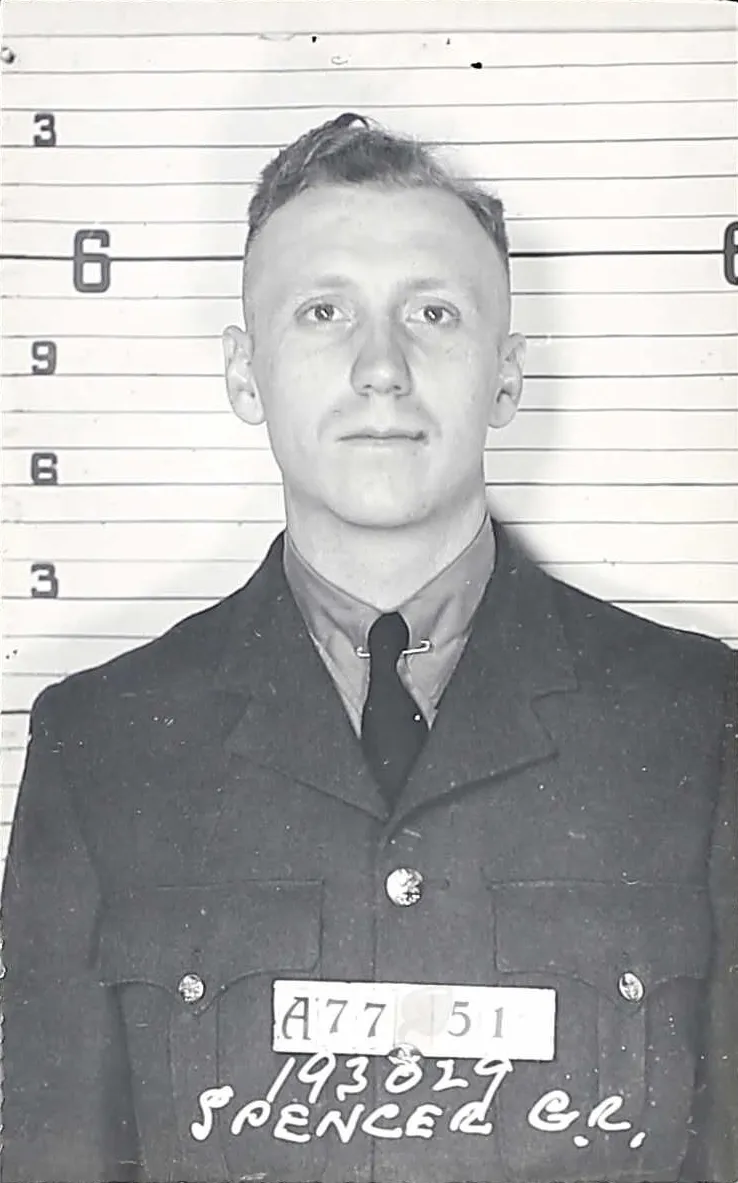
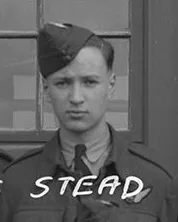
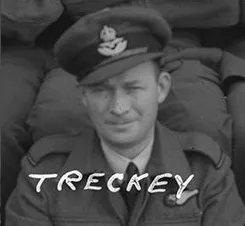
 Liberator bomber
Liberator bomber Wikipedia Liberator bomber
Wikipedia Liberator bomber Harold A Skaarup Web Page
Harold A Skaarup Web Page RCAF.Info
RCAF.Info